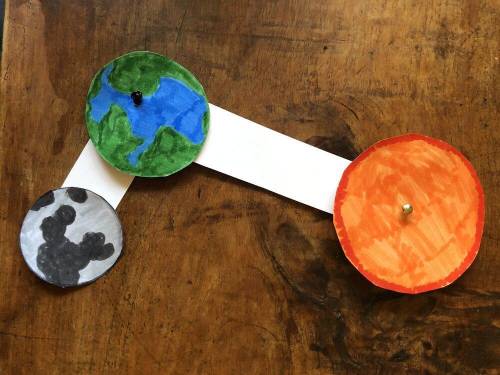
Physics, 04.10.2020 14:01 ashtynbursiaga
Using your model, create the following scenarios. i. Night time, the Americas. <-- what would this look like? this is the type of model i'm using


Answers: 3


Other questions on the subject: Physics

Physics, 21.06.2019 16:10, andrewisboss59
Amachine, modeled as a simple spring-mass system, oscillates in simple harmonic motion. its acceleration is measured to have an amplitude of 5,000 mm/s with a fre- quency of 10 hz. compute the maximum displacement the machine undergoes during this oscillation.
Answers: 1

Physics, 22.06.2019 08:30, ljwatts25
Pl asaaap ! match the term to the correct description. a type of wave that transfers energy where the particles in the medium move perpendicular to the direction in which the energy is traveling. a type of wave that transfers energy where the particles in the medium move parallel to the direction in which the energy is traveling. movement that is back and forth, like an equal sign = a type of wave that transfers energy where the particles in the medium move in a circle motion while the energy travels left or right. movement that is like a t transfers energy from one location to another 1. wave 2. parallel movement 3. perpendicular movement 4. transverse wave 5. longitudinal wave 6. surface wave
Answers: 1

Physics, 23.06.2019 00:00, jumana3
Does the distance travelled by an oscillating mass between times t=0 and t2 equal the displacement of the particle over the same time period if t2> t/2? hint: consider a sine wave starting at t1=0, then consider a closing wave starting at t1=0, for your explanation.
Answers: 1

Physics, 23.06.2019 09:30, mgreenamb
How many milliliters of water at 23 °c with a density of 1.00 g/ml must be mixed with 180 ml (about 6 oz) of coffee at 95 °c so that the resulting combination will have a temperature of 60 °c? assume that coffee and water have the same density and the same specific heat. how much will the temperature of a cup (180 g) of coffee at 95 °c be reduced when a 45 g silver spoon (specific heat 0.24 j/g °c) at 25 °c is placed in the coffee and the two are allowed to reach the same temperature? assume that the coffee has the same density and specific heat as water. a 45-g aluminum spoon (specific heat 0.88 j/g °c) at 24 °c is placed in 180 ml (180 g) of coffee at 85 °c and the temperature of the two become equal. (a) what is the final temperature when the two become equal? assume that coffee has the same specific heat as water. (b) the first time a student solved this problem she got an answer of 88 °c. explain why this is clearly an incorrect answer.
Answers: 1
You know the right answer?
Using your model, create the following scenarios. i. Night time, the Americas. <-- what would thi...
Questions in other subjects:

Social Studies, 20.11.2021 03:10


Mathematics, 20.11.2021 03:10

Mathematics, 20.11.2021 03:20


Mathematics, 20.11.2021 03:20

History, 20.11.2021 03:20


Mathematics, 20.11.2021 03:20




